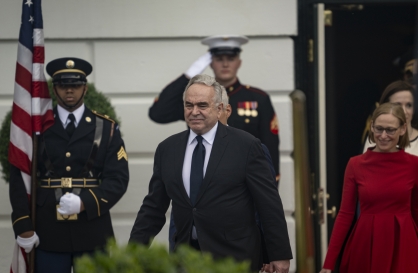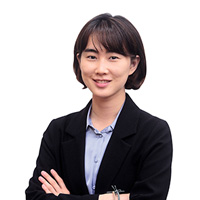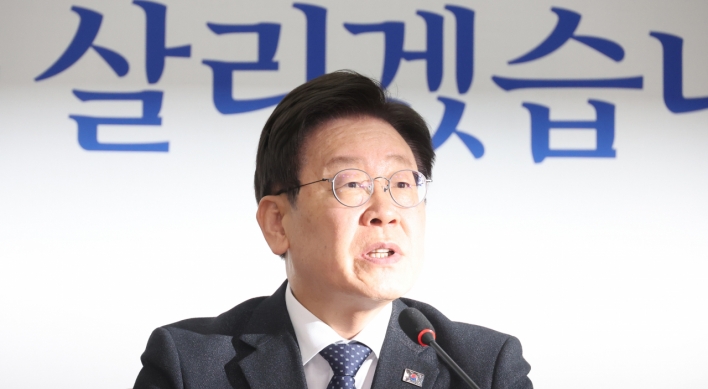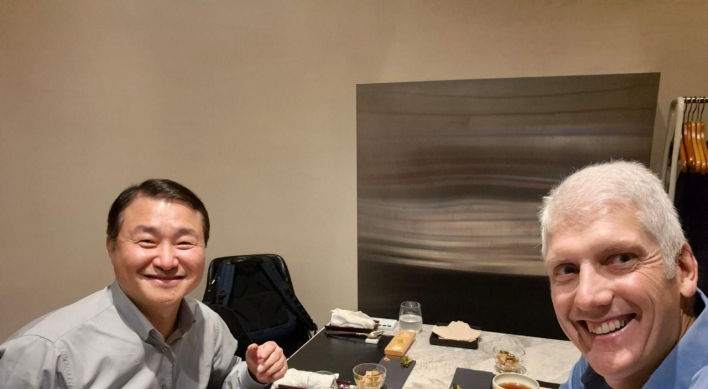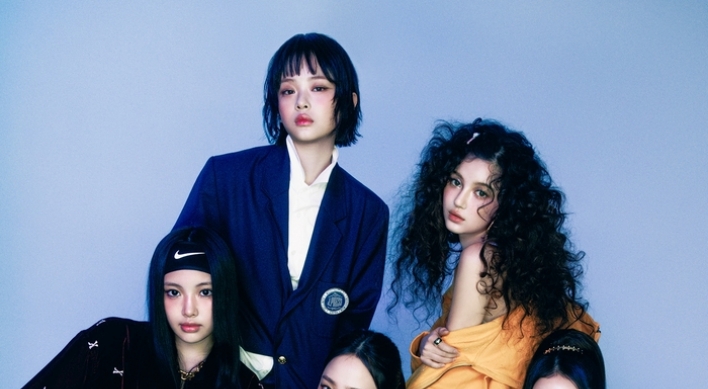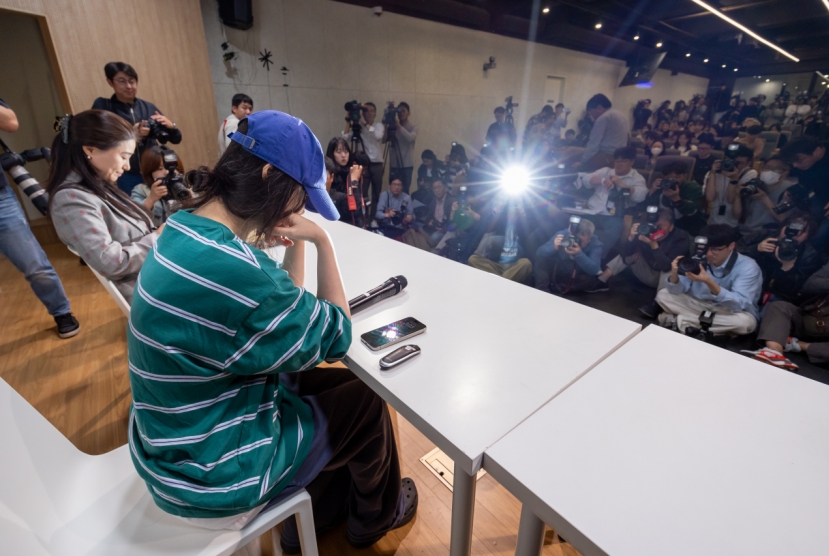Ever wondered how Koreans in ancient times -- for some of us, our ancestors -- spent Seollal?
For curious souls, three Seollal events that showcase traditional culture and crafts are happening around central Seoul, where one can partake in the spirit of Seollal by learning, experiencing and, for the most part, having fun.
Although events have partially moved online due to the worsening pandemic situation, there are still many opportunities to participate in festivals and events. Details and any changes to the programs can be found on the official festival and event websites.
(1) Unhyeongung
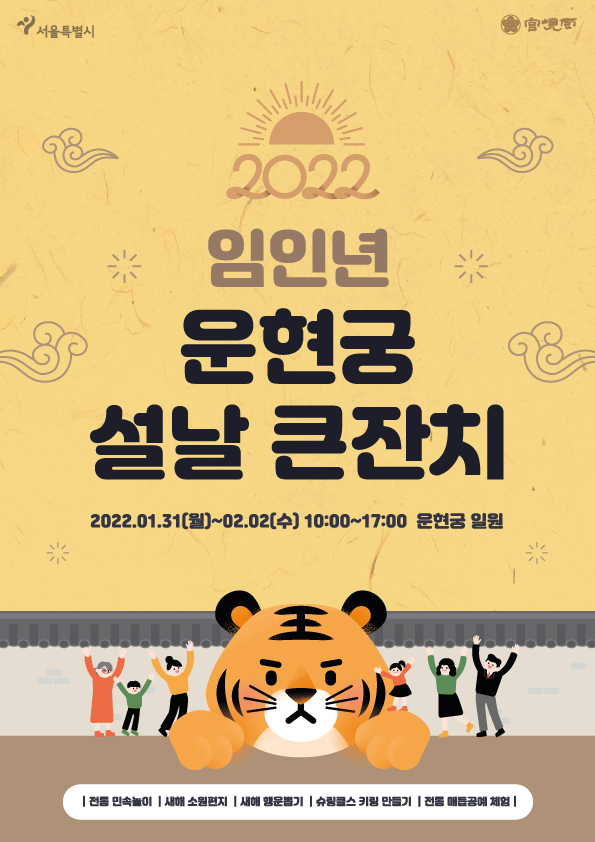
A “Folk Culture Playground” program is dedicated to visitors who wish to experience some well-known traditional Korean games. The games include yutnori (traditional board game), jegichagi (outdoor game taking turns kicking jegi), tuho (throwing arrows into a pot) and gomujul nori (hopping over an elastic rope while singing tunes). Those visiting alone should not worry, since the staff will also join in teams to guide and play along.
Another event is called yutjeom, which involves predicting your fortune for the year through the positions of yut sticks that you have thrown. Yutjeom was traditionally used to predict harvest season and fortune, as well as one’s health and well-being.
A craft workshop that teaches you to make maedeup, a traditional Korean knots craft, costs 5,000 won per person.
A lucky draw event is held each day for the first 100 visitors, offering Unhyeongung-themed items as prizes.
(2) Namsangol Hanok Village
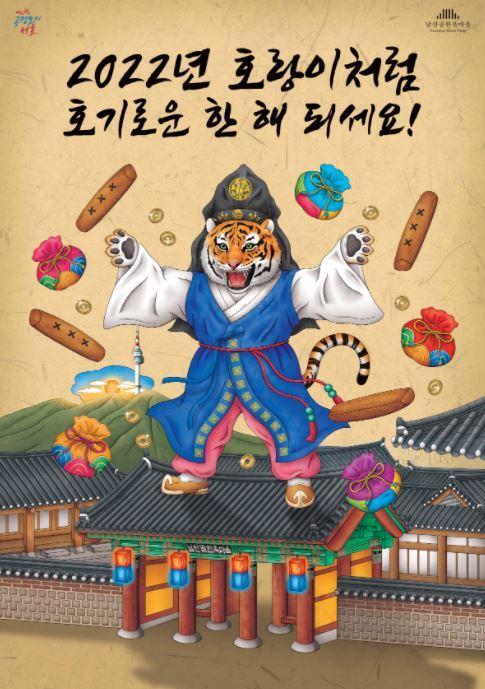
Namsangol Hanok Village, located at the foot of Namsan in Seoul, will hold a hybrid online and offline cultural festival, “Tigerish New Year‘s Day (Hogireoun Seol)” from Monday to Friday.
On Seollal, Koreans wish for peace and happiness to their families, while also wishing a fruitful and happy new year to neighbors. The “Hositamtam Seollal” event is designed with the same intention, but in a digital format.
Visitors can post photos of Seollal scenes on their Instagram accounts, with a Namsangol Hanok Village hashtag. The mission can be completed by leaving a message on Namsangol Hanok Village’s event post. On Wednesday, a mobile voucher will randomly be sent to 20 participants.
The “Tiger Post” program invites visitors to share their new year’s wishes on the Namsangol Hanok Village’s social media pages. Staff members at the scene will tag your wishes on the wall of Lee Seung-up’s house. Lee, a master craftsman in the Joseon era who built the house himself, was also in charge of constructing Gyeongbukgung.
Those visiting Namsangol Hanok Village during the holiday period can write and post their wish notes on the walls, from 9 a.m. to 6 p.m. The Namsangol Hanok Village is open throughout the Seollal holiday.
(3) Seoul Museum of Craft Art
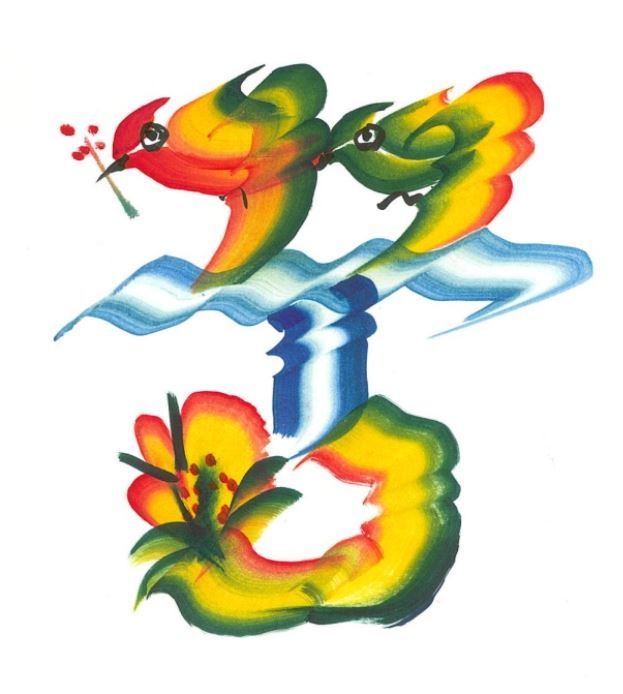
Takbon is a traditional Korean print method using ink-soaked cotton dabbers to rub engraved inscriptions or pictures.
Munjado, also referred to as hyeokpil, is calligraphy that combines letters and drawings. The works are created to express a particular wish or a meaningful symbol.
The program is free for all visitors, and is available from Monday to Wednesday. Starting at 2 p.m, both workshops last three hours.
Registration is only available on site.
By Kim Hae-yeon (hykim@heraldcorp.com)


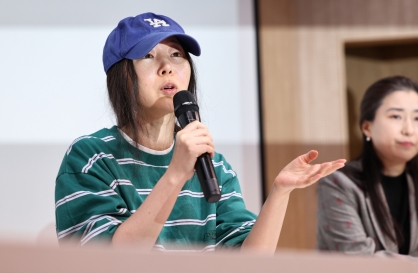
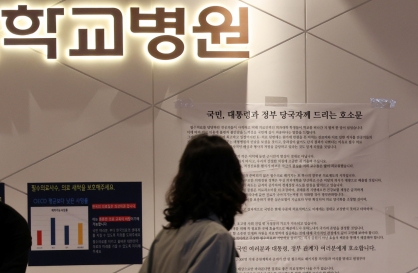
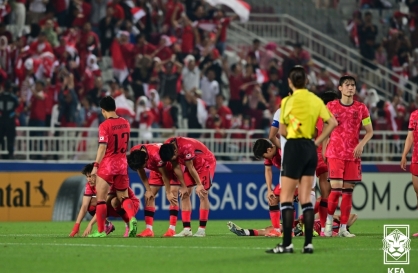
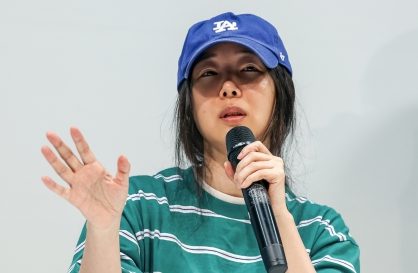
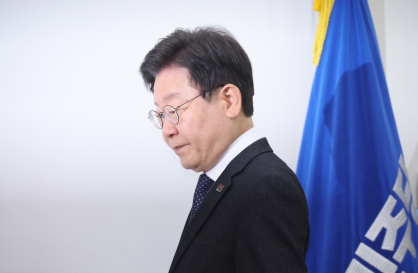
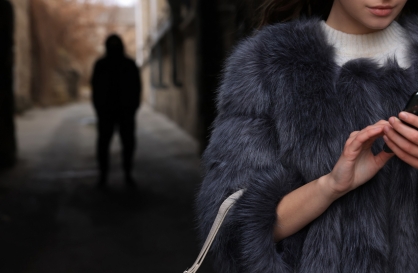
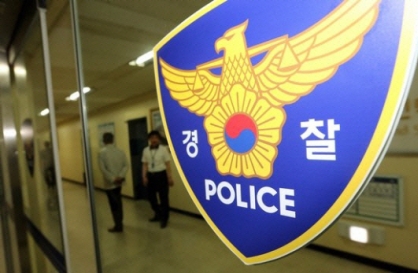
![[Hello India] Hyundai Motor vows to boost 'clean mobility' in India](http://res.heraldm.com/phpwas/restmb_idxmake.php?idx=644&simg=/content/image/2024/04/25/20240425050672_0.jpg&u=)

